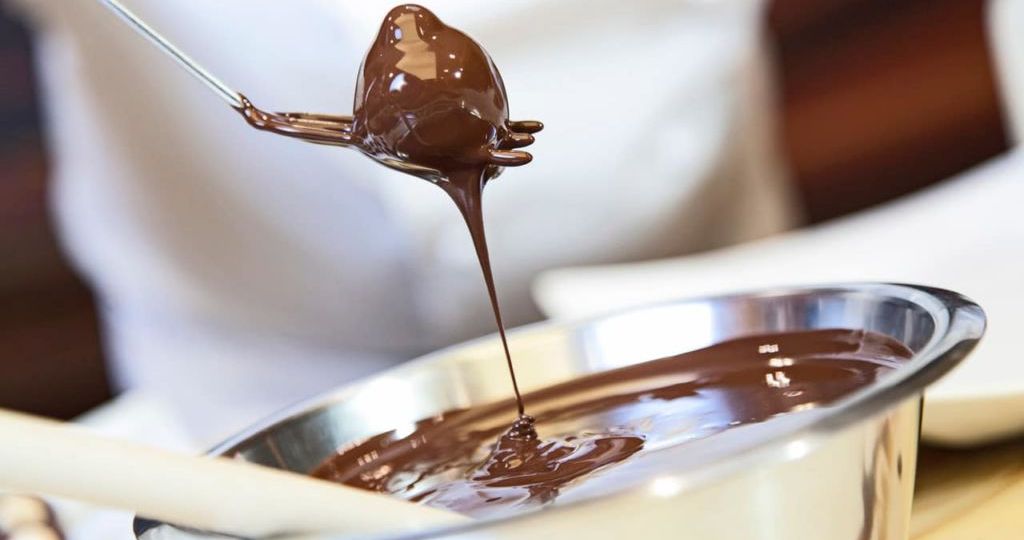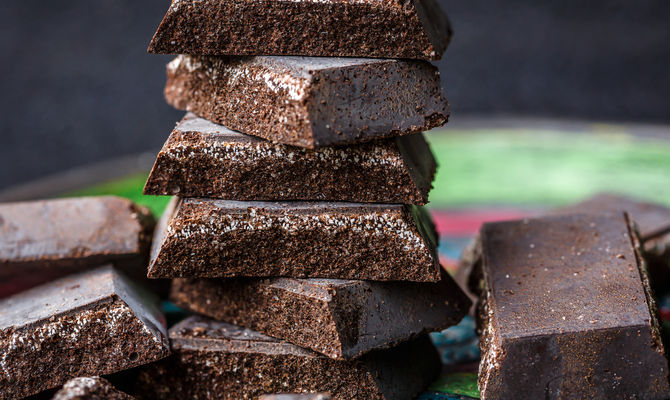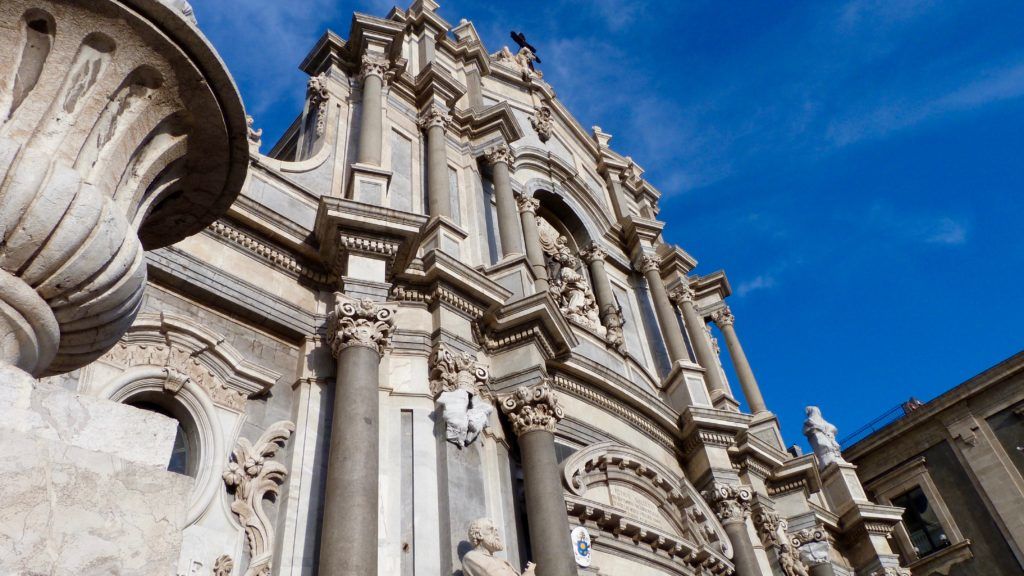
Italy: Rome, Florence, Venice, and the Leaning Tower of Pisa, along with pizza, pasta, mozzarella, Parmigiano, and wine.
Around the world, few people are unaware of these magnificent art cities, rich in history and unique monuments, just as the delicacies of Italian cuisine, its recipes, and typical products are widely known and celebrated. However, fewer people may be aware that various regions and areas of the peninsula are also renowned for producing high-quality chocolate, where visitors can immerse themselves in chocolate culture and taste unique delicacies.
If you are not only lovers of architecture, history, and nature but also curious and unrepentant chocolate enthusiasts, 20 Regions of Italy offers you an itinerary that will combine visual and intellectual pleasures with those of the palate.
Starting from the North and then traveling through a journey that will take you to the far South, specifically Sicily, here are the must-see stops:
Upon arriving in Milan, you can spend a night to rest from the trip and have the opportunity for a visit, albeit brief, to the city: the Duomo, the largest Gothic cathedral in Italy and symbol of the city, the fashion and luxury triangle, the folklore and vibrancy of the Navigli, the Sforza Castle, and the many museums.
Turin, City of Chocolate
The next day, by car (in about 2.5 hours) or high-speed train (in just over an hour), you can reach Turin, the capital of the Piedmont region: one of the chocolate cities par excellence, as well as a great metropolitan center with an ancient history rich in monuments and places of artistic interest. But here we are talking about chocolate! Italian chocolate production has its roots right here, back in 1560, when Turin became the capital of the Duchy and celebrated with hot chocolate! From that moment on, the creativity, imagination, and mastery of the chocolatiers made Turin a hub of fragrant and delicious chocolate-based recipes, giving rise to large industries while preserving the many artisan shops that are still active today, maintaining the highest standards of raw materials and craftsmanship.
The typical recipes of Turin chocolate (and more generally Piedmontese for some of them) largely stem from the magical combination of cocoa and hazelnut (called the “Tonda Gentile”), of which the Langhe, an area also known for wine, is a major producer. This is how Gianduiotti, Cremini, Sweet Truffles, and various types of pralines (chocolates filled with different creams, from the most classic to the most creative) came to be, as well as the famous spreadable cream exported all over the world, Nutella, invented back in 1946.
Now that you know about Turin’s dedication to chocolate, it won’t surprise you to learn that since 2003, Turin has hosted a trade fair entirely dedicated to chocolate, evocatively named CioccolaTò: it takes place every November and involves the entire city with cooking lessons, tastings, demonstrations, and, of course, sales!
Perugia & Eurochocolate
After satisfying your palate, you can head south along the “boot” to visit Florence (although not famous for chocolate, a trip to Italy can hardly skip this extraordinary and enchanting city).
Your next stop will be Perugia, which you can reach in about two hours by car or train; Perugia is located in Umbria, a region known as the “Green Heart of Italy”: it is the only region in central Italy without a coastline, but it boasts lush nature and enchanting villages. Most importantly, in the context of this itinerary, it is home to the Perugina brand. The birth of this company in the early 20th century linked the culture of chocolate-making with the historical and economic fabric of the city.
Numerous artisan workshops have since emerged, ensuring the utmost authenticity of their products by using raw materials of the highest quality standards. Later, the Chocolate District was established with the aim of uniting producers, and thus Perugia was chosen as the headquarters of “The Chocolate Way,” the European cultural route dedicated to chocolate, to safeguard the heritage of chocolate art, culture, and history across Europe.
In Perugia, too, there couldn’t be a lack of an event dedicated to that magical food that the Aztecs called “Nectar of the Gods”: Eurochocolate – International Chocolate Exhibition in 2024 celebrated its 30th Anniversary; in the picturesque historic center of the city, you can stroll along cobblestone streets, also admiring the Fontana Maggiore, the Cathedral of San Lorenzo, and the Palazzo dei Priori.
If you are not fortunate enough to be in Perugia during those days, you can “console” yourself with a visit to the “Casa del Cioccolato®” inside the Perugina factory, home to the Chocolate Museum, and participate in cooking classes and workshops.
Rome and Beyond
After Perugia, head to Rome, the must-see, incredible, evocative, and “Eternal” city; the capital of the nation, a treasure trove of archaeological, artistic, and historical treasures: the entire historic center is a UNESCO World Heritage Site, along with three exquisite early Christian basilicas outside the center.
We recommend dedicating at least two days to Rome before departing, if you wish, for Sicily, the largest Italian island at the southernmost tip of the “boot.” The best option is a domestic flight from Rome Fiumicino Airport to Catania (there are low-cost flights that allow you to fly from Rome to Catania for about €50 per person).
Once in Catania, the best options are a rental car or a private transfer to reach Modica, in the province of Ragusa (a two-hour drive for 110 kilometers).
Modica: The Home of Sicilian Chocolate

The history of Modica’s chocolate dates back to 1746; Modica’s chocolate is unique, with a particular production process, as well as its appearance and texture. The two key aspects of its production are “cold processing” (below 42°C and without “conching”) and the absence of added cocoa butter in the recipe. These qualities have earned it the recognition of Protected Geographical Indication (PGI) as Modica Chocolate PGI, the first chocolate to receive this recognition.
Modica chocolate is generally sold in small blocks and has a much shorter shelf life than traditional chocolate, lasting only a few weeks. However, it is also available in a “tempered” version, which, while still free of preservatives, allows it to be stored for up to 18 months.
The purity and simplicity of the ingredients ensure that Modica chocolate possesses and delivers the maximum organoleptic benefits of cocoa.

Modica also hosts a festival dedicated to its symbolic sweet: Chocomodica, usually held in December, with a wide range of activities and attractions, from conferences to painting and photography exhibitions, workshops for children, and tastings of chocolate in all its forms, flavored and/or incorporated into the most delicious pastry recipes.
Let’s not forget that you are in Sicily! So, after satisfying your chocolate cravings, you won’t be short of things to do: there are many Baroque Sicilian sites to visit both in the city (the Cathedral of San Giorgio, the Church of the Carmine, the Church of Santa Maria di Betlem, the inevitable Chocolate Museum) and in the surrounding areas where, if the season allows, you can relax for a couple of days on the long and wide sandy beaches interspersed with picturesque cliffs.
You can then return to Rome and, from the international airport, head back home, happy, enchanted, and with plenty of chocolate in your suitcase!
This is just an example of an itinerary for chocolate lovers; 20 Regions of Italy will be happy to adapt the program to your time and budget needs, creating, always according to our high-quality service standards, a journey you will remember forever!